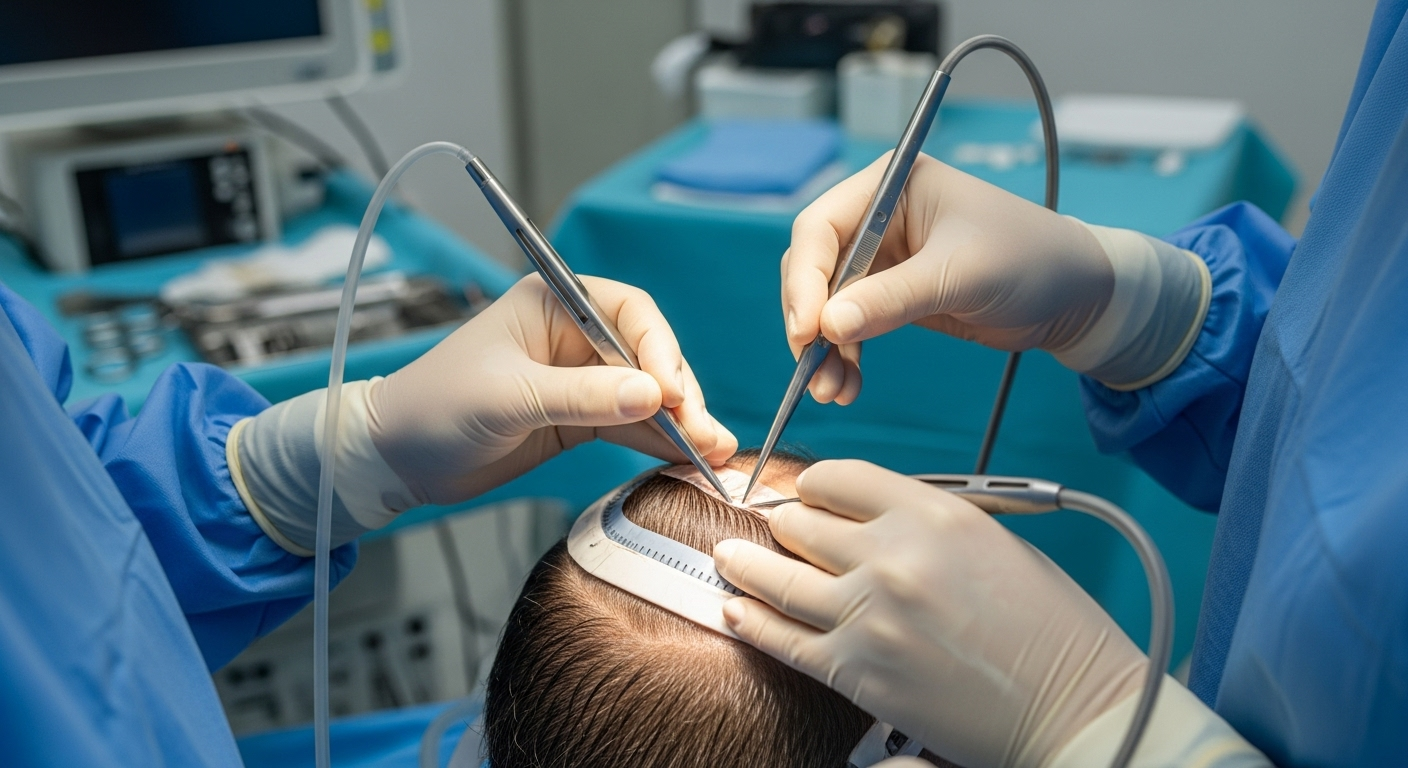Rhinoplasty Guide: Benefits, Procedure & Recovery
Explore rhinoplasty — what it can change, how the surgery is performed, and what to expect during recovery. This comprehensive guide covers cosmetic and functional reasons for a nose job, candidate criteria, surgical techniques, risks, costs, and tips to choose the right surgeon so you can make an informed decision.

Rhinoplasty Guide: Benefits, Procedure & Recovery
What rhinoplasty does and why people choose it
Rhinoplasty, commonly known as a nose job, reshapes the nose to enhance facial balance or to fix breathing problems. Surgeons can reduce or enlarge size, alter the bridge or tip, correct asymmetry, and repair damage from injury or congenital differences. While many pursue rhinoplasty for cosmetic reasons, it is also an established treatment for functional issues like a deviated septum that impedes airflow.
Surgical techniques and anesthesia options
Surgeons select techniques based on the patient’s anatomy and goals. Typical maneuvers include trimming or grafting cartilage, repositioning nasal bones, and adjusting how the nose relates to the upper lip. Incisions can be placed inside the nostrils in a closed approach or across the columella in an open approach; the open method gives more visibility for complex reshaping, while the closed approach hides scars within the nostrils.
Procedures generally last between one and three hours and are performed under general anesthesia or local anesthesia with sedation, depending on medical factors and surgeon preference. A skilled surgeon balances aesthetic changes with preservation or improvement of nasal function.
Who makes a suitable candidate?
Good candidates are physically healthy, have completed facial growth (typically around 15–16 years for girls and 17–18 years for boys), and have realistic expectations. Psychological readiness and personal motivation are important; surgery should be pursued for personal reasons rather than outside pressure.
People often seek rhinoplasty to:
- Reduce or increase nasal size to better fit facial proportions
- Straighten a crooked nose or correct asymmetry
- Refine a bulbous, drooping, or overly broad tip
- Narrow flared nostrils
- Improve breathing by addressing structural problems such as a deviated septum
A board-certified plastic surgeon or an ENT (ear, nose, and throat) specialist can assess whether rhinoplasty is appropriate and outline likely outcomes.
What to expect at consultation and on surgery day
The process begins with a detailed consultation. The surgeon evaluates nasal structure, skin thickness, breathing function, and how the nose harmonizes with the rest of the face. Expect a review of your medical history, a discussion of goals and limitations, and often computer imaging to visualize potential results.
On the day of surgery, anesthesia is given, and incisions are made according to the selected technique. Bone and cartilage are sculpted, structural repairs are performed, and the incisions are closed. Surgeons commonly apply a nasal splint to stabilize the new shape during the initial healing phase.
Recovery timeline and aftercare
Recovery varies by individual, but many patterns are common. Swelling and bruising around the eyes and nose peak within a few days and then begin to subside. Splints are usually worn for about one week. Discomfort, congestion, and mild pain are typical early on and are usually managed with prescribed medications.
Most patients feel comfortable returning to work or school after 7 to 10 days once visible bruising has faded. Full recovery is gradual: while most swelling resolves over weeks to months, subtle changes and refinement can continue for up to a year as tissues settle and scars mature.
During recovery avoid vigorous exercise, contact sports, and any activity that risks bumping the nose for several weeks to months. Sun protection is important to prevent pigment changes in healing skin.
Risks and ways to reduce them
Rhinoplasty carries potential complications like infection, bleeding, anesthesia reactions, breathing difficulties, scarring, altered skin sensation, septal perforation, and unsatisfactory cosmetic results. Serious problems are uncommon when the procedure is performed by an experienced surgeon.
To minimize risks:
- Choose a board-certified surgeon with a strong rhinoplasty portfolio
- Be transparent about your medical history, medications, and smoking habits
- Follow preoperative and postoperative instructions closely
- Have clear, realistic expectations and keep open communication with your surgeon
Cost, insurance, and financing
Costs vary based on the surgeon’s expertise, the complexity of the operation, and local facility fees. Below is a general overview of typical price ranges.
| Provider Type | Average Cost Range | Additional Fees |
|---|---|---|
| Board-Certified Plastic Surgeon | $5,000 - $15,000 | Anesthesia, facility fees |
| ENT Specialist | $4,000 - $12,000 | Anesthesia, facility fees |
| Cosmetic Surgery Center | $3,500 - $10,000 | May include all fees |
Prices, rates, or cost estimates mentioned in this article are based on the latest available information but may change over time. Independent research is advised before making financial decisions.
Typically, purely cosmetic rhinoplasty is not covered by health insurance. If the procedure addresses functional problems such as breathing impairment or significant deformities, insurers may cover some or all costs. Many practices offer financing plans to help manage payments.
Making a thoughtful decision
Rhinoplasty can deliver meaningful improvements in facial balance and nasal function when performed by a qualified specialist. Take time to review before-and-after photos, ask about the surgeon’s experience with cases similar to yours, and understand the recovery process and possible complications. Clear communication, realistic expectations, and careful patient selection are key to a satisfactory outcome.
This article is for informational purposes only and should not be considered medical advice. Please consult a qualified healthcare professional for personalized guidance and treatment.






